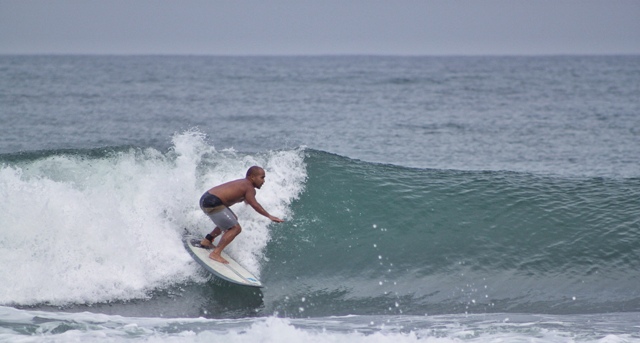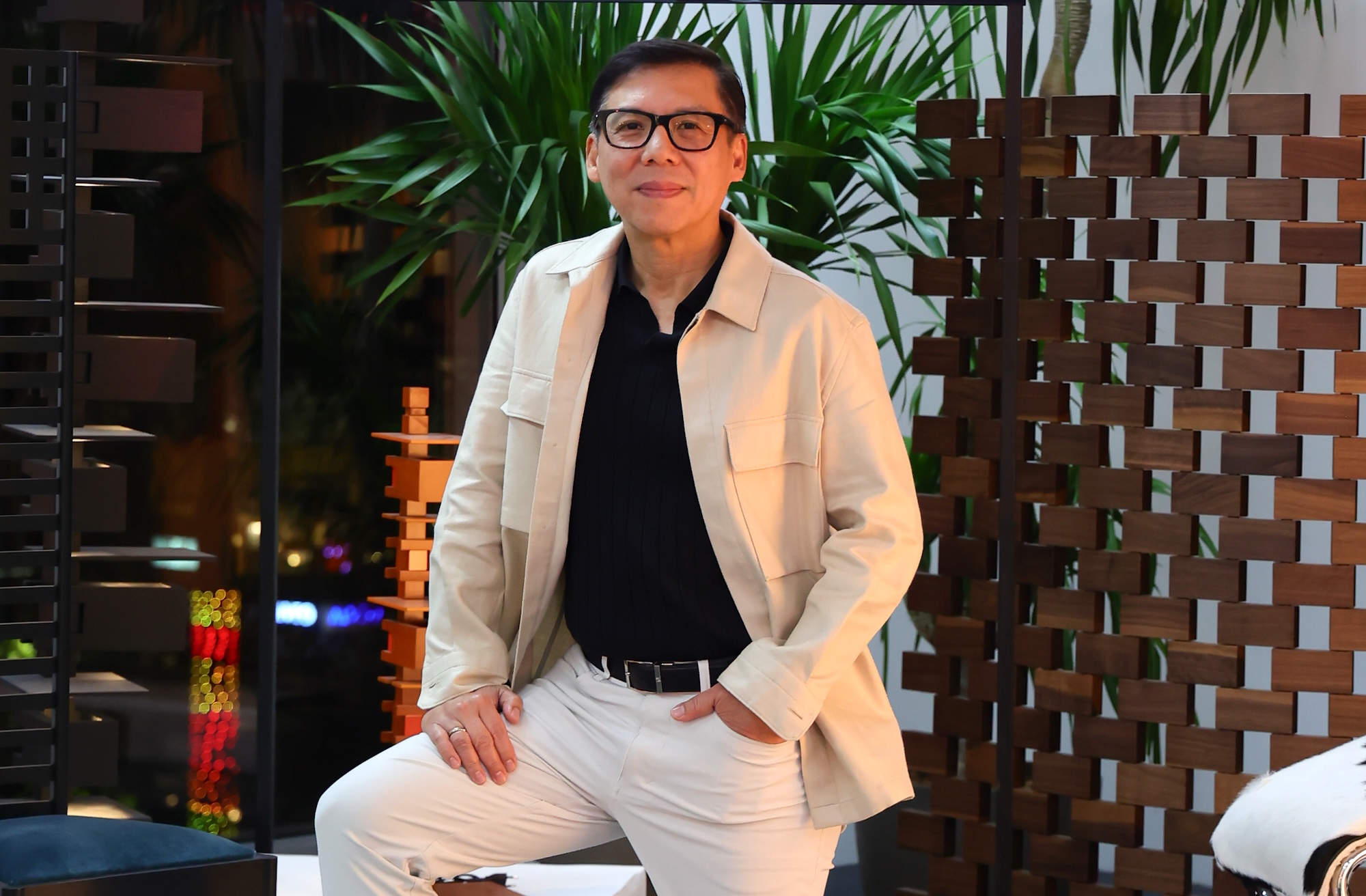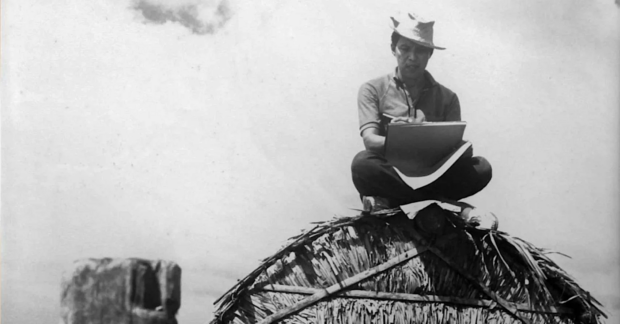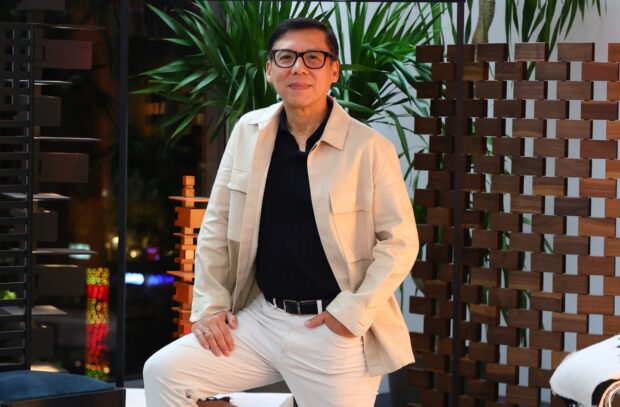
While working at a restaurant on Australia’s Bondi Beach, chef Joseph Patrick Anglo envied the surfers riding the waves. He vowed that he, too, would get on the top of a surf board and conquer the waters.
On his return to the Philippines, Anglo opened a couple of restaurants in his hometown Bacolod and also became a celebrity judge on a reality TV-cooking competition. One day, he met a childhood friend who invited him to her new home base in La Union.
After alighting from the bus in San Juan, La Union’s surf capital, he got a surfing instructor.
“Once you catch your first wave, you get addicted to it like a drug,” says Anglo.
For a newbie, nothing could be more gratifying than being on top of an uncontrollable force and staying afloat.
He has since made surfing part of his regimen. Between taping schedules of “MasterChef Pinoy Edition,” he would hie off to La Union to paddle out into the sea away from all the distractions, sit on his board and wait for the waves.
‘Lightbulb moments’
He immersed himself in the rhythms of the changing tide, the rise and fall of the swells, and the changing shapes of the waves. The exhilaration of being in the water was enhanced by the expanse of clear sky and the rugged outline of the cliffs.
Surfing is a peaceful activity akin to meditation.
“When you’re in happy place, you get a lot of lightbulb moments,” says Anglo.
The surfing community thought that Anglo led a charmed life, just floating on the boards. They were surprised to learn that he was a chef patron who had trained in America and Australia.
The mindfulness of surfing inspired him to develop Sarsa Kitchen + Bar, a chain of restaurants focusing on contemporary Filipino and Negrense cuisine.
He weaves his passion for surfing with his cookery. For CNN Philippines, he starred in a series that combined surfing and cooking. It featured six famous surf spots: La Union, Baler, Zambales, Siargao, Lanuza and Mati.
Creativity
“You just have to be creative with what’s available. I just need fire,” says Anglo.
Politician Sara Duterte made a trip from Davao City to be his guest for dinner in Mati, Davao Oriental.
In one of his playful moments, Anglo cooked pork chop flavored with three-in-one coffee. “The personality of the cook comes out when one is on the beach,” he says.
Siargao reminded him of Bacolod. One of his sources was a kinilaw master who taught variations of the local ceviche.
Anglo was also impressed with the pan de surf, bread that resembles a surf board. As a show of Filipino resourcefulness, the oven is made of galvanized sheets.
In San Juan, Anglo worked in the kitchen of a Japanese pro surfer. As a tribute to his host, he concocted dashi (Japanese broth) with misua (Chinese noodles), dried fish and seaweed.
He cited other inspirations from the sea such as crispy dilis (anchovy) with chili pineapple glaze, bangus (milkfish) belly salad with honey and calamansi dressing and fried cheese, and burong (fermented) vinegar and sinigang fried chicken with roasted bell pepper dip and roasted kalabasa gata with ginamos (squash with coconut cream with fish paste), crispy dilis and tofu.
Anglo got trim when he learned to surf a few years ago. However, he inevitably put on weight during the taping of his TV shows and the opening of his restaurants.
“Now I’m getting back into the discipline again,” he says.
When he surfs, he uses a long board which can’t be pushed by the 10-foot waves in La Union.
His two short boards are ideal for the seven-foot waves in Siargao and other destinations.
His dream is to live in Siargao, the country’s surfing capital, and cook on the beachside.
For now, his sister and business partner allows him to escape from work to recharge.
“I come home with new recipes because I am relaxed and happy. Cooks are artists. We need inspiration,” says Anglo.














































